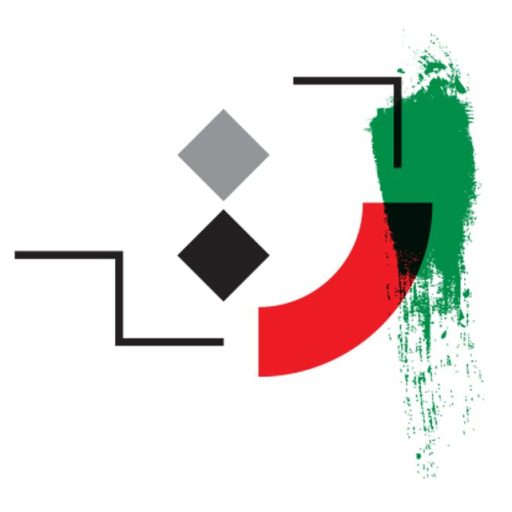Abdol Majid Taleqani
Abdol Majid Taleqani[a] (Persian: عبدالمجید طالقانی; c. 1737/8–1771/2) was an eminent Iranian calligrapher of the 18th century. He was the most celebrated 18th-century calligrapher of the Shekasteh form of Nastaliq, and is also credited with turning the Shekasteh script into its definitive form… more
Title: Page of Calligraphy from the Kulliyat of Sa’di
Calligrapher: Abd al-Majid Taleqani (Iranian, Taleqan 1737–71 Isfahan)
Date: 18th century
Geography: Attributed to Iran… more
The shikasta or “broken script,” developed in the seventeenth century, reached its peak in the eighteenth and nineteenth century. This script had little currency outside the borders of Iran and was created to fill a need for quick and efficient yet beautiful writing that would be used primarily for private correspondence and administrative documents. In shikasta horizontal regularity is not the norm; instead words fluidly rise and fall, emphasizing delicate grace and movement…. more
TEHRAN On the occasion of Cultural Heritage Week, the calligraphy works of Abdolmajid Taleqani, the renowned calligrapher of the Safavid dynasty, have been put on display in Tehran’s Reza Abbasi Museum. According to the Cultural Heritage Organization… more
He is a famous Iranian poet and mystic.
He was nicknamed “Majid” and is considered to be the greatest calligrapher of Nastaliq calligraphy in the history of Iranian calligraphy.
He brought the broken line of Nasta’liq to the base
Which no one has ever been able to reach.
He is the founder of the “Darwish School” in broken lin… more
